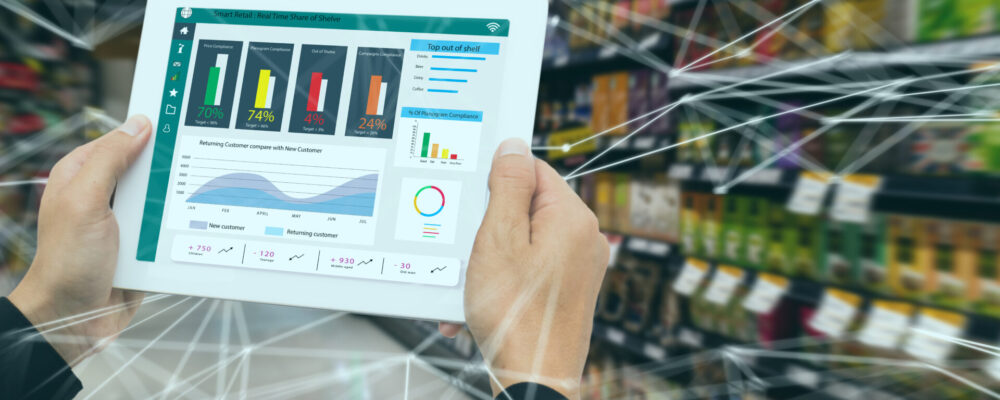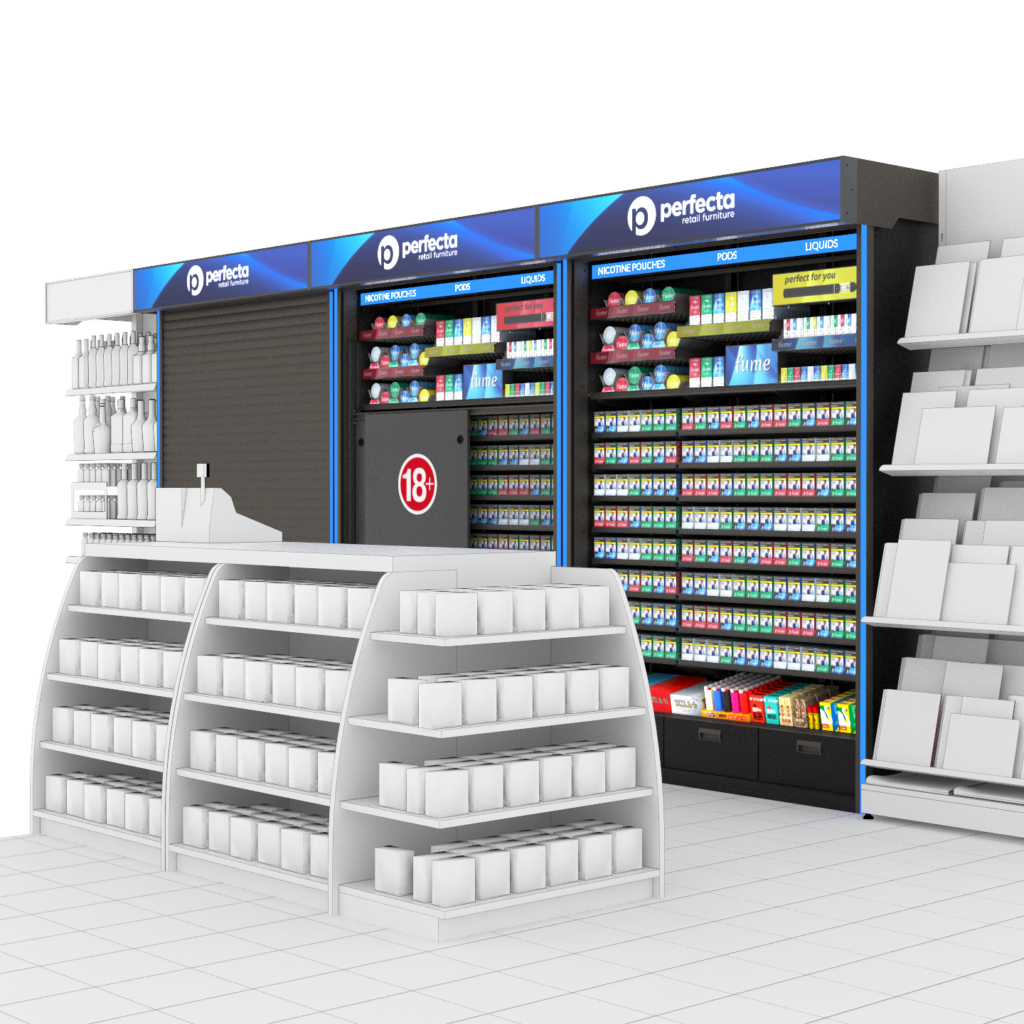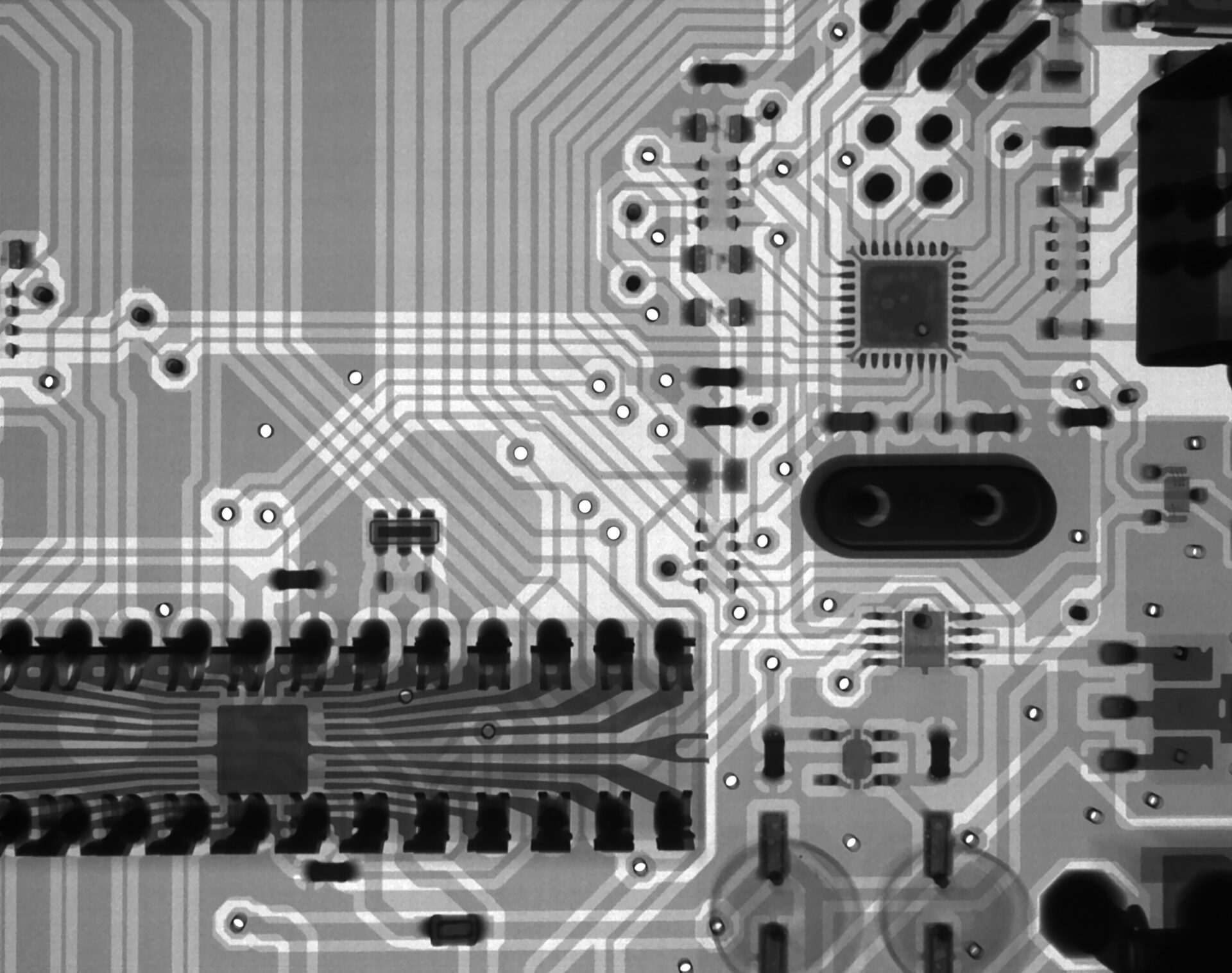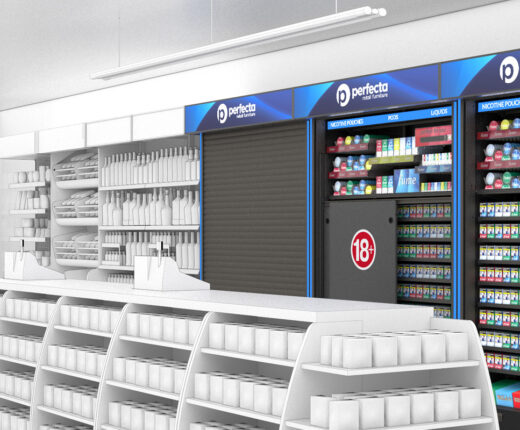Planogram is another concept in the field known as trade marketing, which we will address in our blog.
So far, we have discussed terms such as phygital (https://perfecta-retail.com/phygital-what-is-this-beast/) and omnichannel (https://perfecta-retail.com/omnichannel-3-benefits/), and outlined the similarities that unite them and the differences that divide them (https://perfecta-retail.com/phygital-and-omnichannel/).
We also looked at digital signage technology and how it is changing retail. You can find an entry on this topic here: https://perfecta-retail.com/digital-signage-…tages-for-retail/.
What is it?
Simply put, a planogram is a diagram showing the layout and placement of products on a shelf or in a store. It is a graphical representation that determines where and in what order products should be placed in order to maximize their sales.
It is a marketing tool that helps make optimal use of store space, ensures consistency in product presentation, and makes it easier for customers to find the items they need. Planograms are used primarily in the retail industry, especially in supermarkets, grocery stores, pharmacies, and beauty stores.
How is it created?
Creating a planogram is a process that requires the designer to consider many factors, such as product availability, customer preferences, store space, seasonality, etc.
In order to create it, several steps should be taken to help organize goals, data, and speed up implementation.
The first step is to determine the goal you want to achieve. Is it to increase sales of specific products, maximize profits or improve the efficiency of store space utilization?
The next step is to analyze data on individual products. This will help you understand what products are most frequently purchased and in what quantity. It is also important to consider customer preferences, trends, and seasonality.
Then you can move on to designing the diagram. It should take into account the collected data in order to properly arrange the products. The diagram should be easy to understand and, above all, customized for the individual needs of the store.
The next step is to test and optimize the diagram. Only then will it be known whether our new plan does its job. At this stage, it’s also worth implementing a monitoring system to track the sales of individual products and allow for possible adjustments to the diagram.
Store implementation is the final step. However, it is worth remembering that the planogram is a tool that needs to be constantly updated and modified in order to effectively use the store space and increase sales.
Helpful tools.
Different technologies are used in the creation of planograms, depending on the needs and specifics of the project.
One of them is specialized software for creating planograms. It allows you to create a diagram easily and intuitively. With it, you can easily “drag” products onto a virtual rack and test different arrangements.
There are also automatic generation systems. These are most often based on artificial intelligence and enable the quick and efficient creation of a diagram based on analysis of sales, demand, and customer preference data.
Vision technologies are also applicable here. Through the use of cameras and vision systems, information can be gathered on how customers move around the store and which products attract their attention. This makes it easier to optimize shelf layout and product placement.
Warehouse management systems are another useful technology. They allow you to keep track of your inventory and, based on this, plan the replenishment of goods on the shelves. This helps avoid empty shelves and increase sales.
Data analysis systems, on the other hand, allow you to collect, analyze, and use data on sales, demand, and customer preferences. With their help, the existing plan can be adjusted to meet current needs and increase sales efficiency.
The role of retail furniture.
But a good store plan is more than a good design and modern technologies to manage it. It takes two to tango!
Without a well-thought-out backwall unit on which to display products, all the work will go to waste. As a producer of retail furniture, Perfecta has experience in creating racks that complement any planogram. One system that has proven itself in this role is the perfect.ONE modular CMS rack for cigarettes and tobacco products.
The convenience of category management it offers has been appreciated by the users on the British market, among others. Currently, more than 2,000 perfect.ONE shelving units enable JTI (Japan Tobacco International) and Tesco to increase sales while saving time and labor.
Learn more about perfect.ONE CMS backwalls by clicking here: https://perfecta-retail.com/product/perfect-one-tobacco-furniture/





